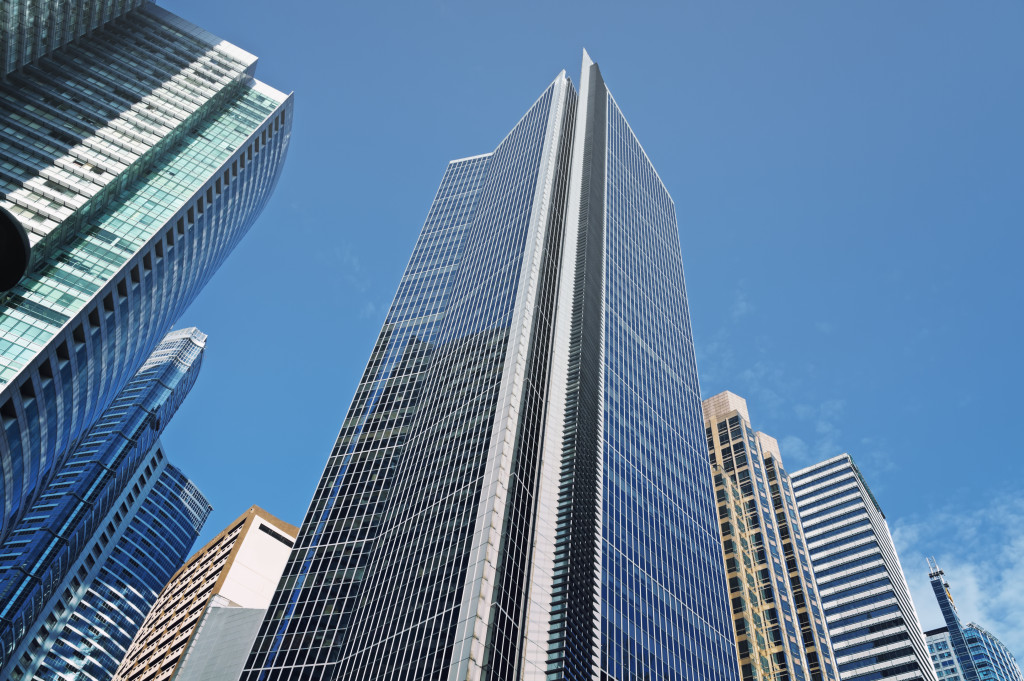Data from the U.S. Environmental Protection Agency (EPA) shows that commercial buildings in the country use up 36 percent of total energy output, 65 percent of total electricity output, and 12 percent of total available water. They are also responsible for 30 percent of total carbon emissions and 60 percent of all non-industrial waste produced from constructions and demolitions.
The EPA also states, however, that out of the 36 percent of the energy consumed by commercial buildings, 30 percent goes to waste. This means that building owners are throwing away money and profits on such waste and will benefit from implementing measures that will reduce energy waste.
Tax Incentives for Going Green
To further encourage businesses to construct green buildings, a 179D tax deduction amounts to $1.80 for every square foot for commercial buildings installing qualified energy efficiency measures. The building owner or a tenant can claim the deduction, depending on who spent on energy-saving measures. The measures include the building envelope; heating, cooling, and ventilation systems; hot water systems; and interior lighting that altogether lower energy consumption by 50 percent or more compared to the minimum requirements of ASHRAE Standard 90.1.
ASHRAE is a worldwide organization that promotes a sustainable global environment through sustainable technology. Its Standard 90.1 is implemented worldwide, including the U.S., as the minimum conditions for energy efficiency.
Buildings that became serviceable on or before December 31, 2020, must achieve 50 percent more energy efficiency than the ASHRAE Standard 90.1-2007 to qualify for the tax deduction. Buildings that became serviceable on or after January 1, 2021, must achieve 50 percent more energy efficiency than the currently updated ASHRAE Standard 90.1.
For buildings that do not meet the 50 percent rule but qualify partially above the specified ASHRAE Standard, tax deductions can still apply up to $0.60 for every square foot. The government uses special software to calculate the cost savings.
Enhance Energy Usage
To optimize energy use in the building, it is necessary to implement measures that keep the interior warm in winter and cool in summer. This reduces the use of electricity for heating and cooling systems.
The building envelope refers to its foundation, walls, windows, and roof. Insulation, such as commercial spray foam insulation, on the walls and ceilings is a major factor that helps manage the indoor temperature. The color of the roof and walls also matter. Painting them white repels heat in warm regions. In cold climates, painting them a dark color helps absorb heat.
Windows are also crucial in energy conservation. In warm climates, insulating these with special glass that reflects heat keeps the interior cooler. On the other hand, large and clear windows can bring in more light that produces heat in clod climates. Sealing all windows and doors and other openings, no matter how small, will prevent heated or cooled air from escaping.
LED lights are the most energy-efficient, and they last longer than conventional lights, bringing in more savings. Furthermore, using a smart system on the building’s lights, heating, and cooling systems will streamline usage and lower costs. They can be programmed to automatically power down when there are no people in a certain area.
Water Conservation and Protection

The building must use a plumbing system and fixtures that are water efficient. Regular inspection and maintenance, as well as smart systems, can immediately detect leaks for quick repairs.
A water treatment system can be installed to process collected rainwater and stormwater for reuse in toilet flushing, landscape watering, and outdoor building cleaning purposes.
Enhance Building Adaptability and Resilience
With the onslaught of natural disasters linked to climate change, such as more frequent and stronger storms and hurricanes, building designs must withstand these extreme conditions. Buildings must also adapt to multiple uses as changes in society are happening faster than ever. Interior partitions must be flexible to accommodate new configurations as needed.
For instance, with the current trend of most companies doing remote work operations, many are also downsizing their offices. With a flexible interior, an entire floor devoted to a single company can easily be reconfigured to accommodate several smaller companies with a need for demolitions, saving material resources.
The Impact of Sustainable Commercial Building Construction
All new commercial building construction must align with the global goal of limiting carbon emissions to zero by 2050. This is necessary for the survival of the planet and humanity. New buildings will last for 50 years or more, especially with new technology. If they continue with the old practices, they will be hastening ecological degradation.
